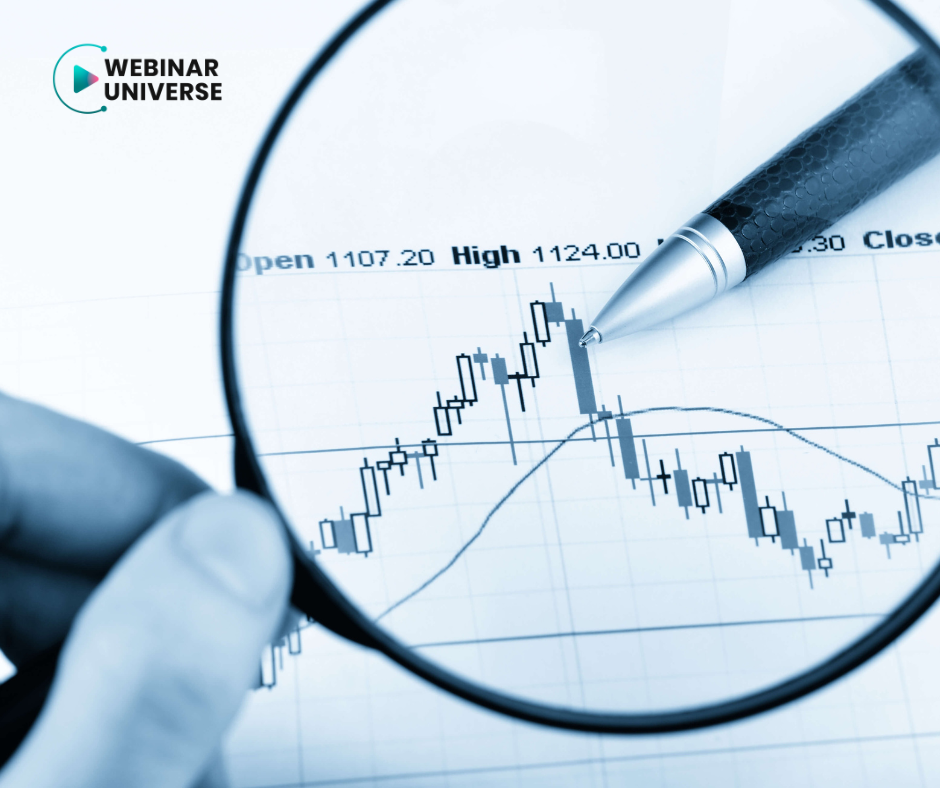Course history
The history of the Argentine currency (ARS) is turbulent and full of changes. The first time the peso was used as the official currency of Argentina was in 1826, while the country was still a federation of provinces. In 1881, after civil wars and a period of instability, Argentina adopted the peso as its official currency. The peso has been stable for many years, supported by the country's wealth of natural resources and a growing economy.
In the 80s and 90s of the twentieth century, Argentina experienced severe economic crises, which led to hyperinflation and the devaluation of the peso. In 1991, the Convertibilidad Plan was introduced, which strengthened the peso by assuming a fixed exchange rate of 1:1 with the US dollar.
In 2001, Argentina declared bankruptcy, which caused one of the deepest economic crises in the country's history. As a result, the peso was significantly depreciated, and the exchange rate with the dollar rose sharply.
After the 2001 crisis, Argentina decided to devalue the peso and abandon the fixed exchange rate with the dollar. Since then, the peso has remained vulnerable to fluctuations in value, though the government has taken various measures to maintain stability.
Top currency pairs
The Argentine peso (ARS) is the official currency of Argentina. As with the Venezuelan bolívar, due to Argentina's economic instability, currency pairs with the Argentine peso may be more limited, as we talk about on Webinar Universe, than with more stable currencies. Here are some examples of currency pairs with the Argentine peso:
- ARS/USD — Argentine peso against the US dollar. It is one of the most important currency pairs of the ARS, due to the importance of the dollar in international trade and financial transactions.;
- ARS/EUR — Argentine peso against the euro. The euro can also be used as a reference currency in transactions related to Argentina;
- ARS/BRL — Argentine peso to Brazilian real. Brazil is one of Argentina's main trading partners in the region, which makes the Brazilian real suitable for use in some transactions;
- ARS/UYU — Argentine peso to Uruguayan peso. Uruguay is a neighbor of Argentina, and there is a degree of trade between the two countries, which can lead to transactions in this currency pair.
These pairs can be used for a variety of purposes, such as trade, investment, or tourism, but it's worth noting that Argentine peso exchange rates can be prone to fluctuations due to Argentina's economic conditions.

Course Factors
Argentina is the country with the most volatile currency. In 2020, Argentina's central bank estimated that the country's residents have a total of $170 billion in cash, which is ten percent of all circulating dollars. At the current official exchange rate, which is 229 Argentine pesos per one US dollar, compared to the situation twenty years ago, when the same dollar cost only 2.9 pesos, you can see a devaluation of 98.7%.
In addition, in Argentina, the official rate is not the result of natural market demand, but is set artificially.
The problems with the currency are exacerbated by the drought. Even though Argentina is the world's largest exporter of processed soybeans, drought and fears of currency devaluation have discouraged farmers from stockpiling more.
Current inflation is reaching a staggering 104% year-over-year, forcing the central bank to hike interest rates. Currently, there is talk of a monetary collapse in Argentina.
Future predictions
In 2023, inflation in Argentina exceeded 200 percent, which puts it at the forefront of the highest rates in the world and is the highest level among all Latin American countries. Economists conducting online trainings surveyed by Bloomberg forecast that inflation on an annual basis is likely to exceed 280 percent.
The acceleration of price growth is related to the reforms of the new president Javier Milea, who is introducing shock therapy in an attempt to get the Argentine economy out of the crisis. His administration allowed, among other things, a sharp reduction in the official exchange rate of the peso, which resulted in price increases in shops and gas stations. The latest study by the Argentine central bank also showed that consumer prices will increase by 142.4 percent year-on-year.
To sum up, the Argentine peso has been an object of interest for both investors and observers of financial markets for a long time. Despite its historical instability, the Argentine peso continues to play a vital role in the country's economy and in the daily lives of its people. Despite the challenges they face, Argentines and their authorities remain determined to find a path to economic and financial stability. However, the future of the currency will depend not only on the actions of the authorities, but also on the overall political, economic and social climate in Argentina and on changes in the international arena. This is exactly the topic we discuss on the Webinar Universe platform.
